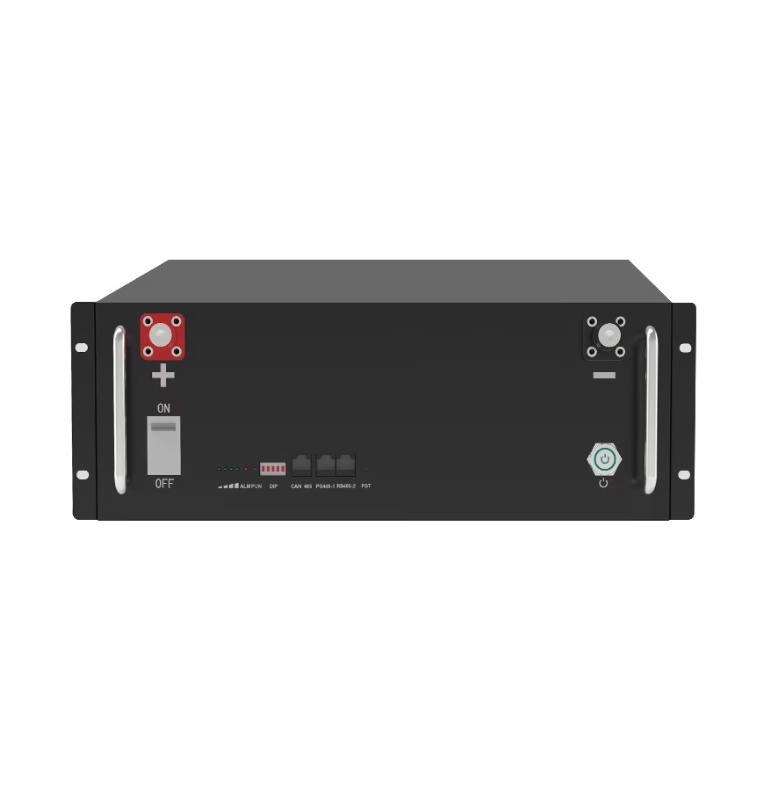Addressing the pressing challenge of sustainable and efficient energy storage has become paramount in the face of our growing reliance on renewable sources like solar and wind power. Graphene, a revolutionary material composed of a single layer of carbon atoms arranged in a two-dimensional lattice, emerges as a key player in the quest for advanced energy storage solutions. Its exceptional strength, high conductivity, and remarkable flexibility position it as an ideal candidate for various applications, particularly in the realm of energy storage.
Graphene in Supercapacitors: Redefining Energy Storage Dynamics
One of the most promising applications of graphene in energy storage lies in the development of supercapacitors. Unlike traditional batteries relying on chemical reactions, supercapacitors utilize strong electric fields between layers of graphene to store and supply energy. This unique mechanism enables rapid charging and discharging, making them ideal for applications requiring quick bursts of power.
The incorporation of graphene into supercapacitors presents several advantages over conventional energy storage solutions. Notably, graphene-based supercapacitors exhibit significantly higher energy density, allowing them to store more energy in a given volume or weight. This characteristic is crucial for compact and lightweight graphene energy storage systems, finding applications in electric vehicles and portable electronic devices.
Moreover, graphene-based supercapacitors showcase an extended lifespan compared to traditional batteries. The absence of chemical degradation means that these supercapacitors can undergo thousands of charge-discharge cycles without losing their capacity. This longevity contributes to their durability and sustainability, presenting a compelling option for future energy storage needs.
Graphene in Lithium-Ion Batteries: Enhancing Performance on Multiple Fronts
Beyond supercapacitors, graphene is under exploration for integration into other energy storage devices, notably lithium-ion batteries. By incorporating graphene into the electrodes of lithium-ion batteries, researchers aim to enhance their performance in areas such as charging speed, energy density, and overall lifespan. This research marks a potential paradigm shift in conventional battery technology.
Graphene's Role in Power Generation and Distribution
Expanding beyond energy storage, graphene is under scrutiny for its potential applications in power generation and distribution. Research indicates that graphene could improve the efficiency of solar cells by enhancing light absorption and electron transport properties. Additionally, graphene-based materials may contribute to more efficient and sustainable energy transmission through electrical grids.
Challenges and Ongoing Developments
While the potential of graphene in energy storage is undeniable, challenges remain, particularly in large-scale production. The production of high-quality graphene at an economical scale poses technical and economic hurdles. However, ongoing research and development efforts are focused on scaling up production methods and reducing costs, paving the way for wider adoption.
Conclusion
In conclusion, graphene stands as a beacon for the future of power generation and storage. Its exceptional properties position it as an ideal material for next-generation energy storage solutions, from supercapacitors to advanced batteries. As advancements in graphene production and integration continue, a future where clean and sustainable energy is stored and utilized more efficiently than ever before beckons on the horizon.


No comments yet